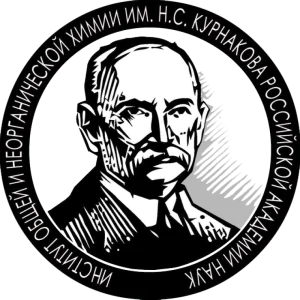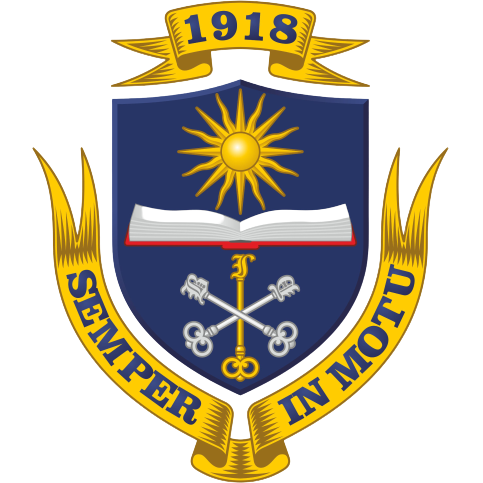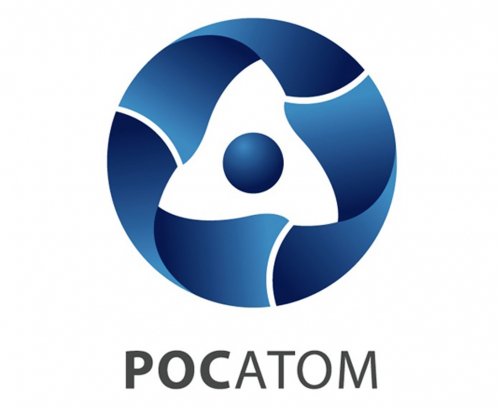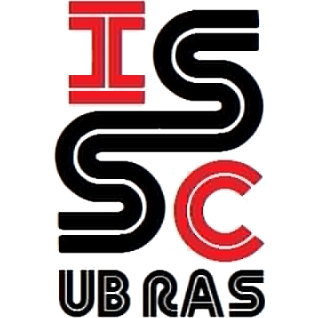Laboratory of Ionics of Functional Materials
Head of Laboratory
Andrey B Yaroslavtsev
DSc in Chemistry, professor, full member of the Russian Academy of Sciences
Publications
430
Citations
7 504
h-index
42
Authorization required.
The main areas of work:
- The development of synthesis methods, the study of the structure and properties of phosphates of complex cation composition has been a traditional area of work of the laboratory since the time of Academician I.V. Tananaev. Among these materials are solid electrolytes with high ionic conductivity, electrode, fluorescent materials, etc.
- Synthesis and investigation of properties of new membrane ion-exchange materials, including hybrid membranes with high stability and improved microstructure and transport properties.
- Synthesis, study of the structure and properties of REE compounds with a mixed anionic composition.
- The study of ionic mobility in oxide and phosphate materials.
- X-ray phase analysis
- Thermogravimetry (TG)
- Low-temperature nitrogen adsorption
- Electric transport measurements
Andrey Yaroslavtsev
Head of Laboratory

Irina Stenina
Leading researcher

Ekaterina Safronova
Senior Researcher

Svetlana Novikova
Senior Researcher

Anna Lysova
Senior Researcher

Polina Yurova
Researcher
Anzhelika Bedarkova
Researcher

Daniil Golubenko
Junior researcher
Daria Voropaeva
Junior researcher
Research directions
New ion-exchange membrane materials for alternative energy
+
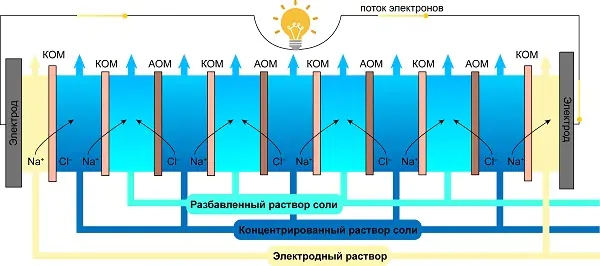
Humanity needs a huge amount of energy to ensure the processes of life and production. The usual method of energy generation based on the combustion of hydrocarbons has a negative impact on the environmental situation, which forces us to look for alternative energy sources. The so-called reverse electrodialysis process is becoming one of the promising energy sources. It consists in obtaining "green" electricity by mixing concentrated and dilute salt solutions. Thus, for example, it is possible to continuously generate energy in places where rivers flow into the seas. The development of materials and the improvement of technologies for obtaining "green" electricity is a promising direction in the modern chemical industry.
Publications and patents
Found
Nothing found, try to update filter.
2021
—
2024
| Ярославцев Андрей Борисович
2021
—
2024
| Сафронова Екатерина Юрьевна
2019
—
2021
| Сафронова Екатерина Юрьевна
2017
—
2020
| Ярославцев Андрей Борисович
2014
—
2016
| Ярославцев Андрей Борисович
Lab address
Москва, Ленинский проспект, 31, к1
Authorization required.
